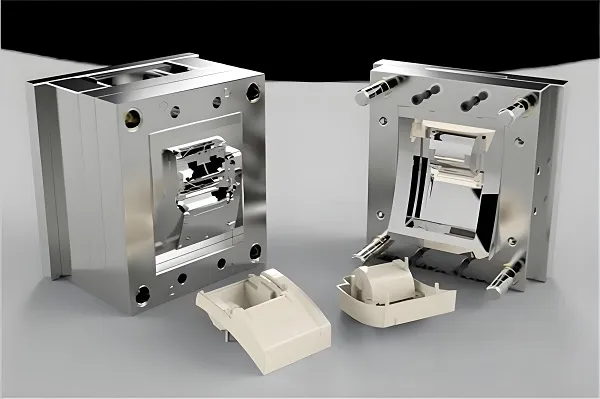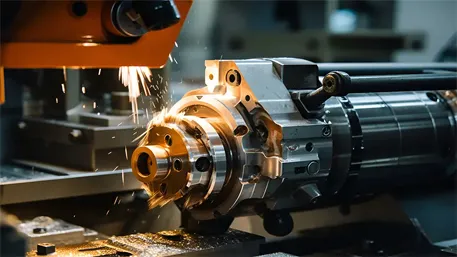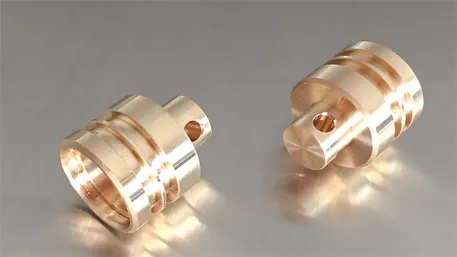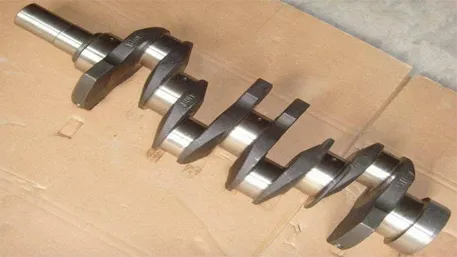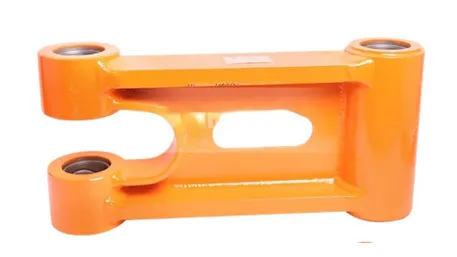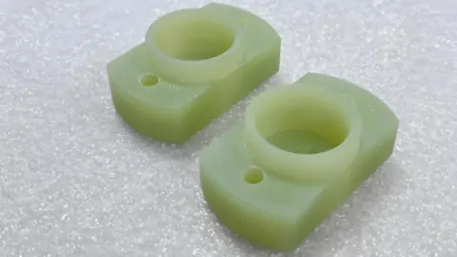In the world of medical device manufacturing, precision and reliability aren’t just goals—they’re lifelines. From intricate surgical tools to patient-specific implants, the components that power healthcare innovations demand manufacturing methods that deliver consistency, biocompatibility, and intricate detail. Enter medical device vacuum casting: a versatile, cost-effective process that excels at producing high-quality, small-to-medium batch parts for critical medical applications. At Goldcattle, with decades of expertise in precision manufacturing and ISO 13485 certification, we’ve honed vacuum casting to meet the strictest medical standards. Let’s explore how this technology works, why it’s ideal for medical devices, and how Goldcattle delivers excellence in every cast.
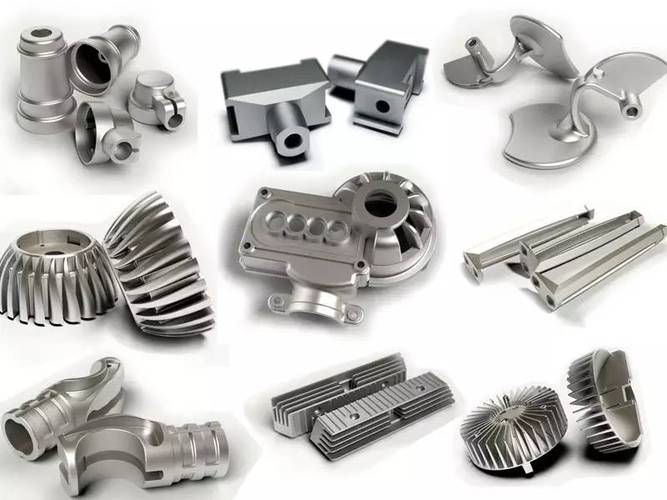
How Vacuum Casting Works for Medical Devices
Vacuum casting is a manufacturing process that uses a silicone mold and vacuum pressure to produce detailed plastic or rubber components. Unlike traditional casting, it eliminates air bubbles by pulling material into the mold cavity under vacuum, ensuring uniform density and surface quality—critical for medical parts where even tiny defects can compromise performance.
Here’s the core advantage: in a vacuum environment (typically ≤10 mbar pressure), molten materials like polyurethane (PU) or silicone flow smoothly into every crevice of the mold, capturing fine features as small as 0.1mm, such as micro-grooves in surgical instrument handles or textured surfaces on prosthetic sockets . This precision makes it ideal for replicating complex geometries that would be costly or impractical with other methods like CNC machining for small batches.
Key Benefits of Vacuum Casting for Medical Applications
1. Biocompatible Material Versatility
Medical devices demand materials that interact safely with human tissue, resist sterilization processes, and maintain performance in clinical settings. Vacuum casting accommodates a range of certified medical-grade materials:
- Medical-grade silicone (ISO 10993 compliant): Flexible, temperature-resistant, and hypoallergenic—used for wound care devices, catheter tips, and surgical seals .
- Polyurethane (PU) resins: Durable, with tensile strengths up to 60 MPa, ideal for orthopedic braces, diagnostic tool housings, and instrument grips .
- ABS-like resins: Rigid yet impact-resistant, suitable for medical device enclosures and equipment casings.
Goldcattle recently produced silicone surgical retractor handles using a medical-grade resin, passing ISO 10993-5 cytotoxicity tests with zero adverse reactions—critical for patient safety.
2. Precision for Tight Tolerances
Medical components must fit seamlessly with other parts, whether it’s a 0.5mm alignment pin in a diagnostic machine or a threaded insert in a surgical tool. Vacuum casting achieves tolerances as tight as ±0.1mm for parts under 100mm, with consistent repeatability across batches .
For a client’s portable ultrasound probe housing, we maintained a ±0.05mm tolerance on critical mating surfaces, ensuring a waterproof seal that withstands autoclaving (134°C, 3 bar pressure) without leakage—a requirement for infection control.
3. Cost-Effective for Small-to-Medium Batches
Unlike injection molding, which requires expensive steel tooling, vacuum casting uses low-cost silicone molds (typically $500–$2,000 per mold) that can produce 20–500 parts per mold . This makes it perfect for:
- Prototyping pre-production medical devices.
- Bridge production between prototyping and mass manufacturing.
- Low-volume production of specialized devices (e.g., custom orthotics for rare conditions).
Goldcattle reduced a client’s prototyping costs by 40% by using vacuum casting instead of CNC machining for their new infusion pump components, delivering 50 functional prototypes in 7 days.
4. Rapid Turnaround for Time-Sensitive Projects
Medical innovation waits for no one, and vacuum casting accelerates development timelines:
- Silicone mold creation: 3–5 days (vs. 4–6 weeks for injection molds).
- Part production: 1–3 days per batch, with the ability to scale to 1,000+ parts monthly .
When a medical startup needed emergency replacement parts for their ventilator prototypes during a clinical trial, Goldcattle delivered 200 critical valve components in 48 hours—keeping their trial on schedule.
Goldcattle’s Vacuum Casting Process for Medical Devices
Our ISO 13485-certified process ensures every part meets regulatory and performance standards:
- Master Model Creation: We 3D print or CNC machine a high-precision master model (tolerance ±0.02mm) using biocompatible materials, verified via CMM inspection.
- Silicone Mold Making: The master is encased in medical-grade silicone, cured at 60°C for 4–8 hours, then cut to reveal the cavity—ensuring mold accuracy mirrors the master.
- Material Preparation: Medical-grade resins are mixed under vacuum to remove air bubbles, then tinted (if needed) with FDA-approved pigments.
- Vacuum Casting: Resin is poured into the mold under vacuum (≤5 mbar), ensuring full cavity filling. Parts cure at room temperature or in an oven (40–80°C) for faster turnaround.
- Post-Processing & Inspection: Flash is removed, and parts undergo 100% visual inspection. Critical parts are checked with optical comparators to verify dimensions and surface finish (Ra ≤0.8μm).
- Sterilization Compatibility: Parts are tested for compatibility with common sterilization methods (autoclave, ethylene oxide, gamma radiation) to ensure material stability.
Applications: Where Vacuum Casting Shines in Healthcare
- Surgical Instruments: Custom grips, tool handles, and instrument housings with ergonomic textures.
- Diagnostic Devices: Probe covers, sensor housings, and equipment enclosures requiring precise fit.
- Patient Care Products: Orthopedic braces, wound care components, and prosthetic liners.
- Drug Delivery Systems: Infusion pump parts, inhaler components, and syringe accessories.
FAQs About Medical Device Vacuum Casting
Q: What’s the maximum part size for medical vacuum casting?
A: Goldcattle can cast parts up to 300mm x 200mm x 150mm, suitable for most handheld medical devices and small equipment components.
A: Goldcattle can cast parts up to 300mm x 200mm x 150mm, suitable for most handheld medical devices and small equipment components.
Q: Are vacuum-cast medical parts sterilizable?
A: Yes! We select resins compatible with autoclaving (up to 134°C), ethylene oxide (EtO), and gamma radiation—critical for reusable medical tools .
A: Yes! We select resins compatible with autoclaving (up to 134°C), ethylene oxide (EtO), and gamma radiation—critical for reusable medical tools .
Q: How many parts can one silicone mold produce?
A: Medical-grade silicone molds typically yield 20–50 parts for high-precision components, though some rigid resin molds can produce up to 500 parts with proper maintenance.
A: Medical-grade silicone molds typically yield 20–50 parts for high-precision components, though some rigid resin molds can produce up to 500 parts with proper maintenance.
Q: Does vacuum casting support clear or translucent medical parts?
A: Absolutely. We offer clear PU and silicone resins with 90% light transmittance, ideal for fluid flow visualization in IV sets or diagnostic windows.
A: Absolutely. We offer clear PU and silicone resins with 90% light transmittance, ideal for fluid flow visualization in IV sets or diagnostic windows.
Q: What certifications do your medical vacuum casting processes hold?
A: Our facility is ISO 13485 certified, and all medical resins meet ISO 10993 biocompatibility standards, ensuring compliance with FDA and EU MDR requirements.
A: Our facility is ISO 13485 certified, and all medical resins meet ISO 10993 biocompatibility standards, ensuring compliance with FDA and EU MDR requirements.
Ready to Bring Your Medical Device to Life?
Medical device vacuum casting bridges precision, speed, and cost-effectiveness—making it the ideal choice for prototyping and small-batch production of critical healthcare components. At Goldcattle, we combine regulatory expertise, advanced vacuum casting technology, and a commitment to biocompatibility to deliver parts that meet your exact specifications.
Visit https://www.xmgoldcattle.com/ to discuss your medical device project or request a free material compatibility consultation. Let’s create components that advance patient care.
Working on a medical device prototype or low-volume production? Share your requirements below—our vacuum casting specialists are ready to help!

